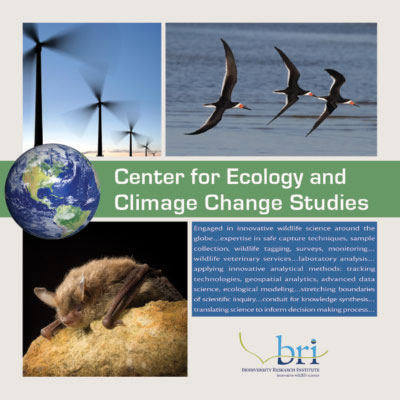Climate Change—A Pervasive Threat to Nature and People
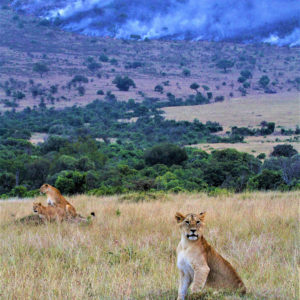
BRI announces the publication of a new scientific paper, Savanna fire management can generate enough carbon revenue to help restore Africa’s rangelands and fill Protected Area funding gaps, in the December issue of the journal One Earth. The new study builds on a history of collaborative and independent research by BRI, The Nature Conservancy (TNC), Soils for the Future, the Wildlife Conservation Society (WCS), and the Wildlife Conservation Network (WCN) that has culminated in this paper, which quantifies the benefits of savanna fire management in Africa.
Related Links
- This scientific publication was recently featured in Cool Green Science, the conservation science blog of The Nature Conservancy. Click here to read the story.
- Research cited in Science. Click here to read Savannas are vital but overlooked carbon sinks
Collective Research Empowers Deeper Understanding
Our Climate Change Program combines the resources of BRI’s other programs to conduct studies that cross-species lines and geographic boundaries. The strength of our collective work contributes to the ongoing dialogue about climate change and helps to inform the actions that are needed to address it.
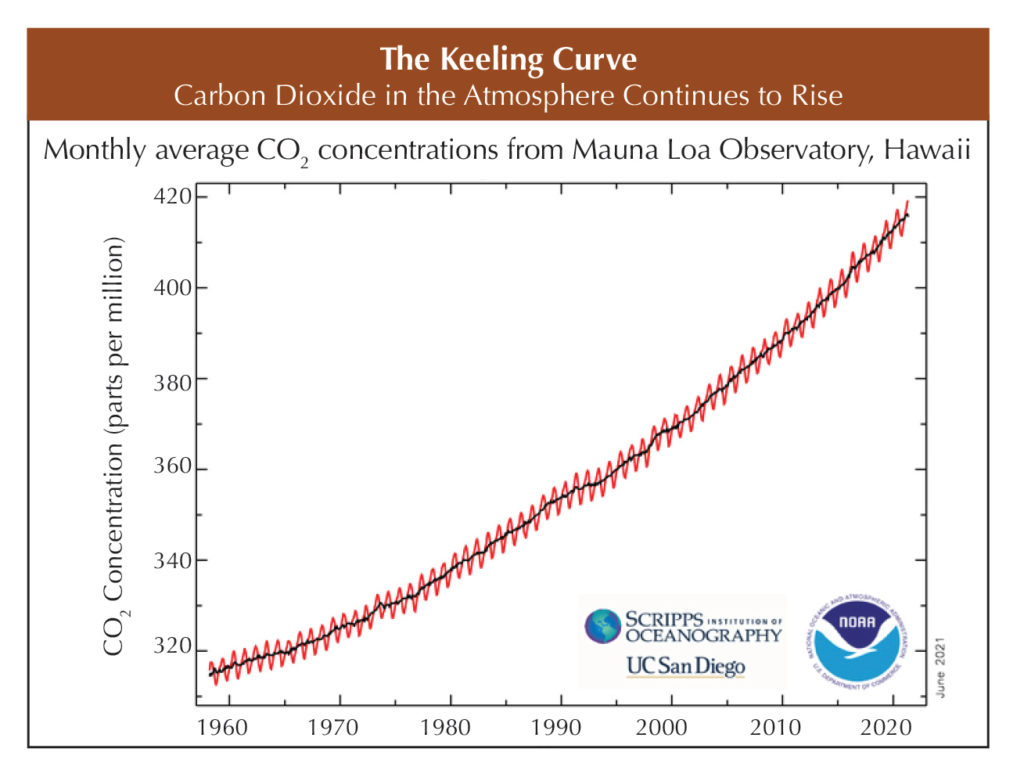
Carbon dioxide in the atmosphere has the largest effect on global climate. The key to unlocking natural solutions to address climate change is carbon.
BRI’s Approach to Climate Change
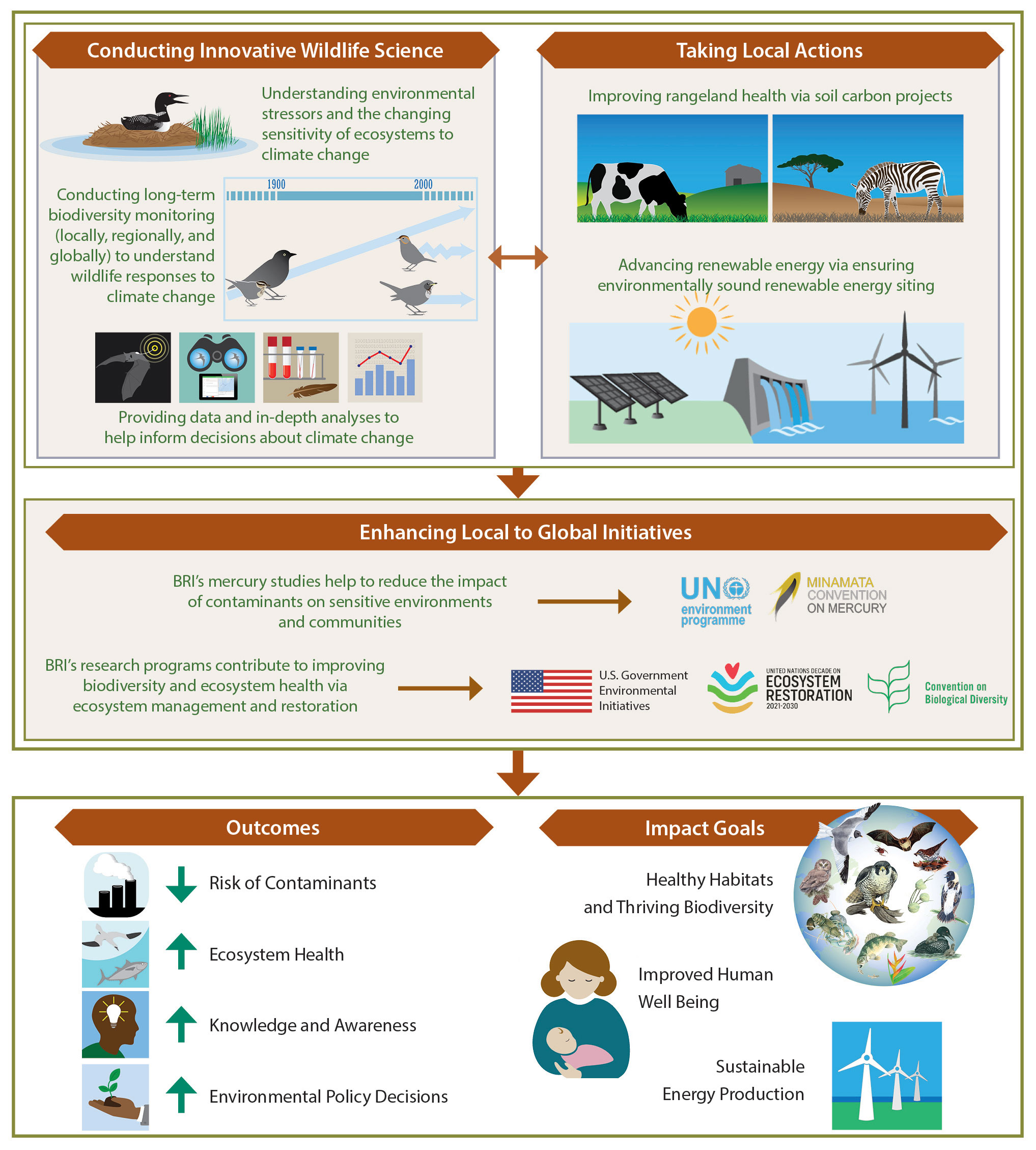
Developing Carbon Projects
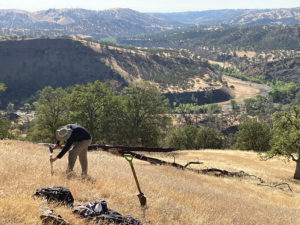
BRI established its Climate Change Program in early 2021, but in reality, many of our projects across all our programs contribute to the ongoing dialogue about climate change and help to inform the actions that are needed to address it.
Click here for more information about our climate change projects, and partnership with CarbonSolve
Below is an index of projects managed under other BRI programs.
Informing Environmentally Sound Renewable Energy Decisions

BRI’s new Center for Research on Offshore Wind and the Environment (CROWE) builds on more than a decade of studies related to the effects of alternative energy development on wildlife and their habitats.
BRI’s Wildlife and Renewable Energy Program, established in 2011, works with BRI’s other programs to carry out research studies that cross-species lines and geographic boundaries to understand the complexities of wildlife populations and how best to minimize risks of renewable energy development.
Conducting Long-term Collaborative Studies

BRI’s long-term studies provide the information needed to discern ecological changes over time. Examples include: BRI’s Loon Program, which has been studying loon species across the Northern Hemisphere for three decades; BRI’s Arctic Program which contributes to the conservation of Arctic ecosystems–one of the greatest ecological and political challenges of our time; and BRI’s tracking studies on indicator species that provide critical data for understanding the impacts of climate change on a variety of species.
Understanding Environmental Stressors and Ecosystem Sensitivity
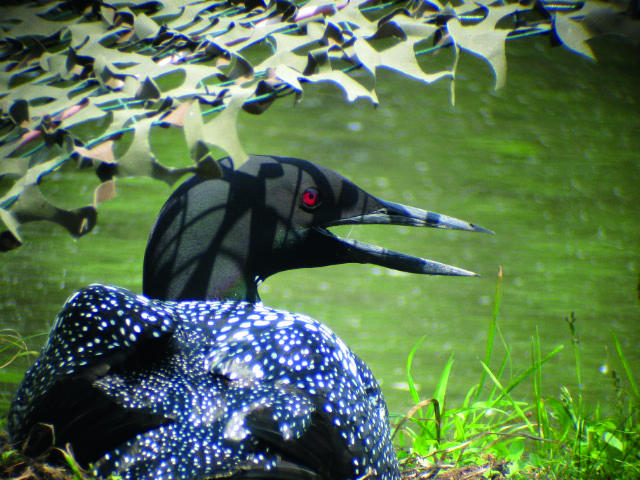
Environmental stressors include biological (pathogens such as bacteria and fungi that cause disease), physical (human development, erratic weather patterns), and chemical (pollutants). BRI studies include:
- Uncovering the impacts of global mercury contamination to wildlife
- Highlighting the importance of restoration and reintroduction
- Discovering the importance of songbirds as sensitive sentinel species
Providing Cutting-edge Science to Inform Societal Decisions about Climate Change
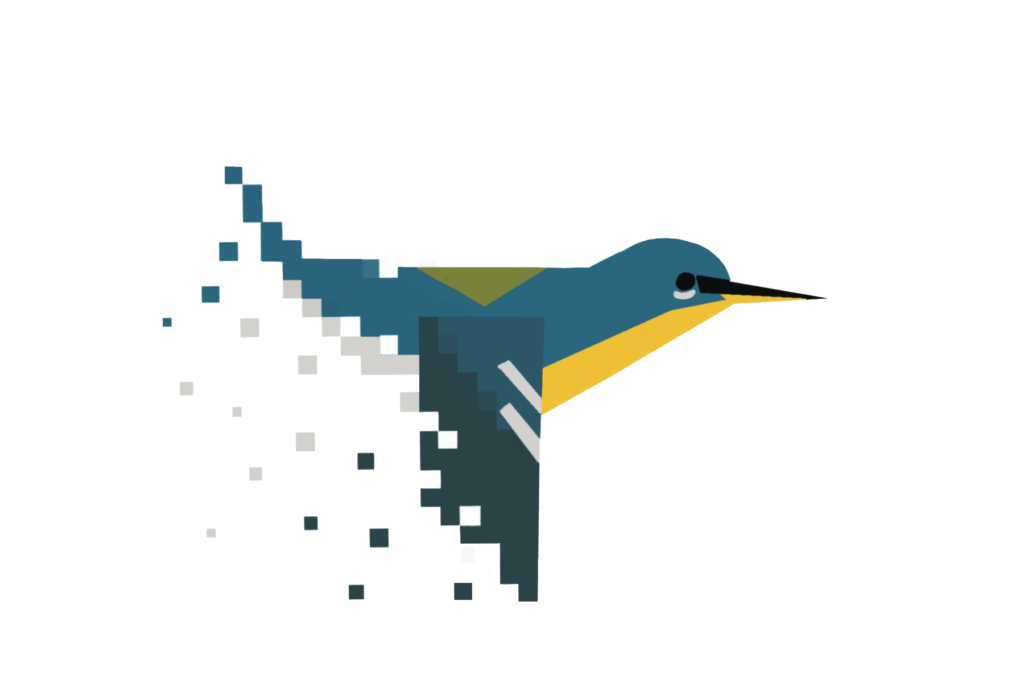
BRI has invested in building sound and diverse science capacity that harnesses the latest in cutting-edge tools and methods needed for understanding climate change impacts to wildlife.
BRI’s Quantitative Wildlife Ecology Research Lab (QWERL) aims to answer important ecological questions with sophisticated analytical methods such as data integration, species distribution models, and movement modeling.
The impacts of climate change are evident in ecosystems from pole to pole — tropical to Arctic. BRI’s overarching Research Centers, and the array of programs carried out under them, provide broad-reaching research resources and capabilities to study the effects of climate change on our environment.

For more information on each of our Research Centers, follow these links:
Photo Credits: Header photo © Shutterstock – Ginger Polina Bublik; The site of a BRI soil carbon project in California © BRI-Tim Tear; Wind farm construction off the coast of Block Island, RI courtesy AWEA; Peregrine Falcon with Backpack © BRI – Alex Dalton; Common Loon panting to increase heat dissapation © KittieWilson2011

